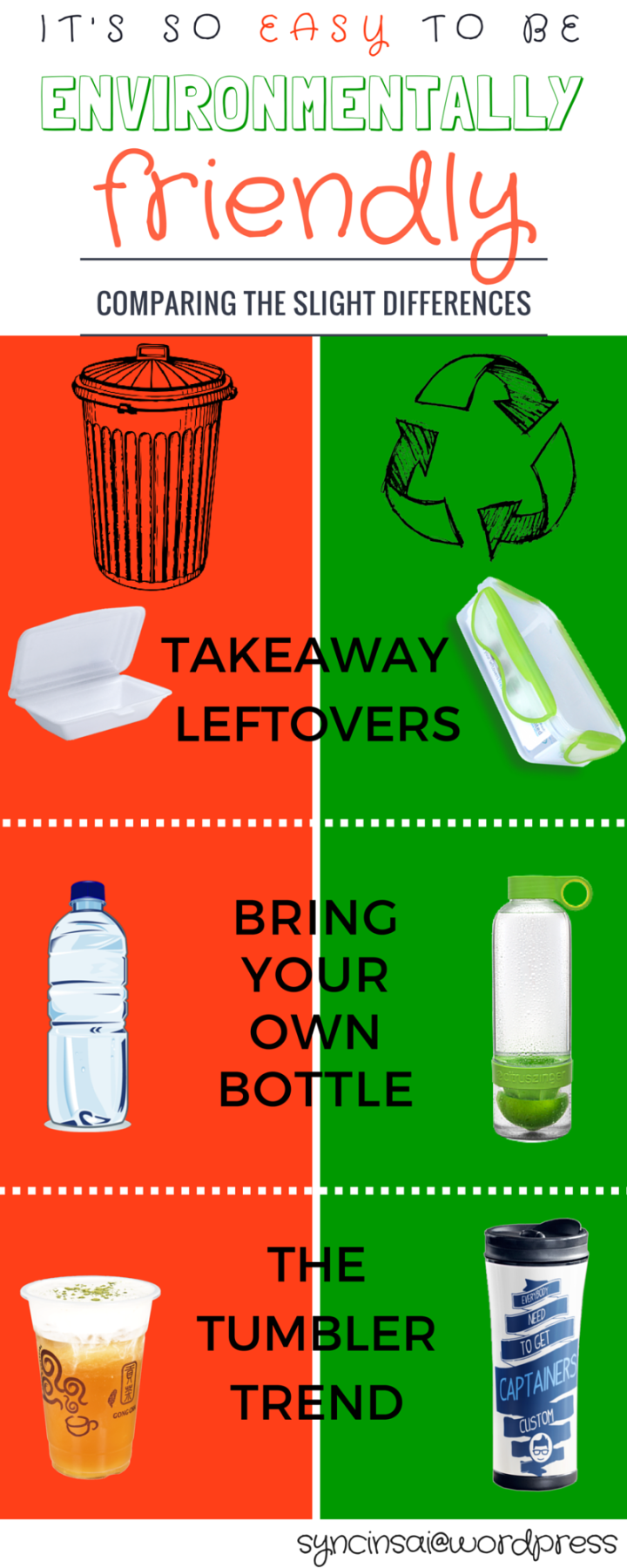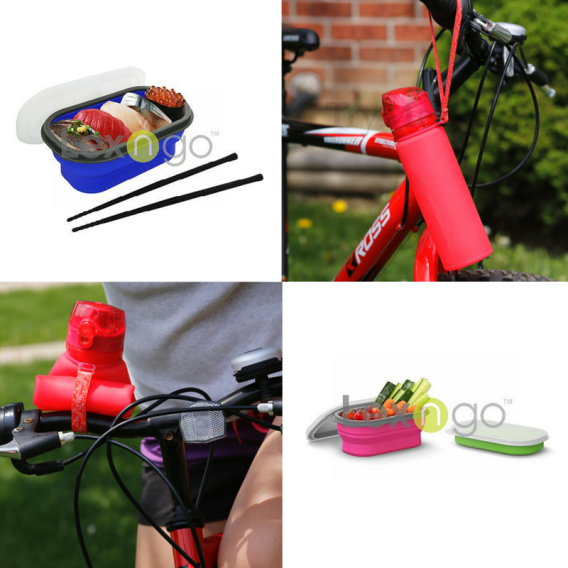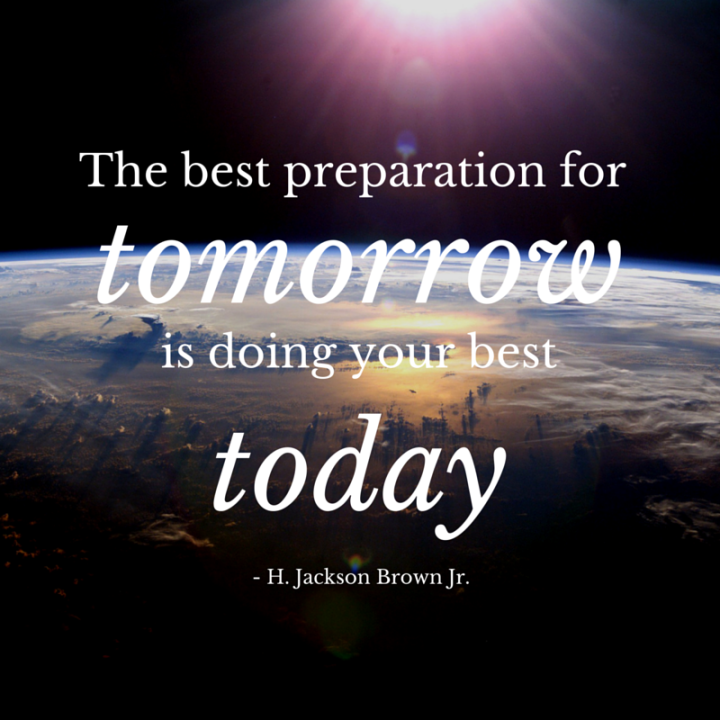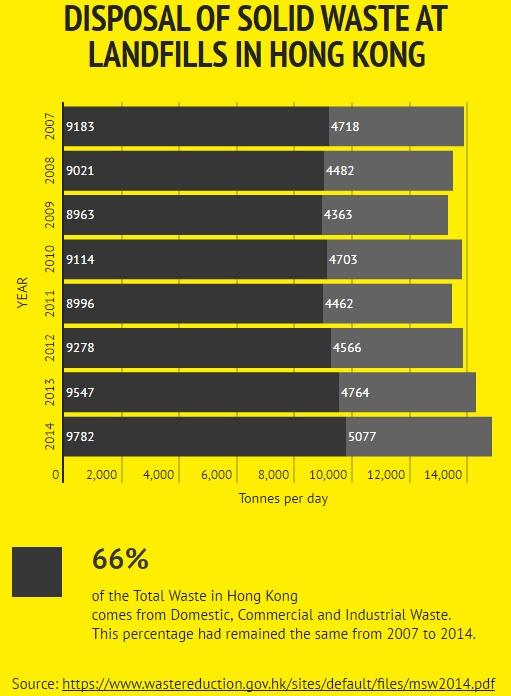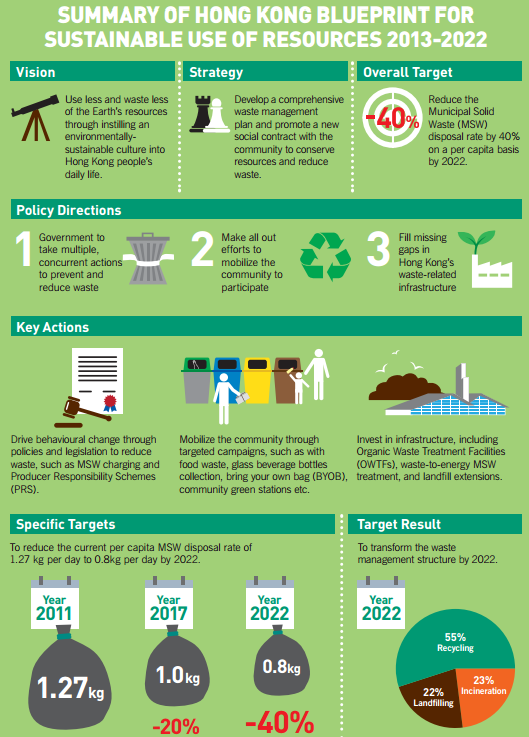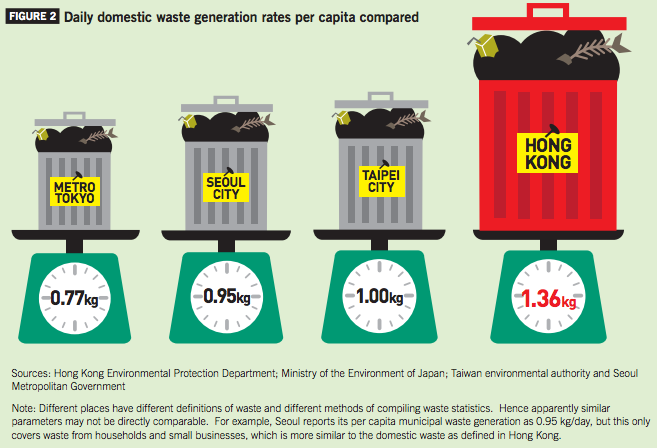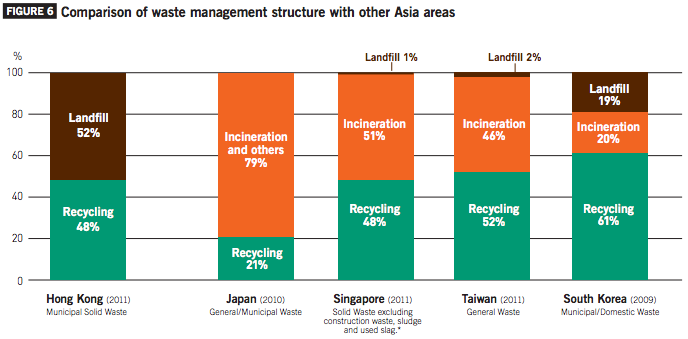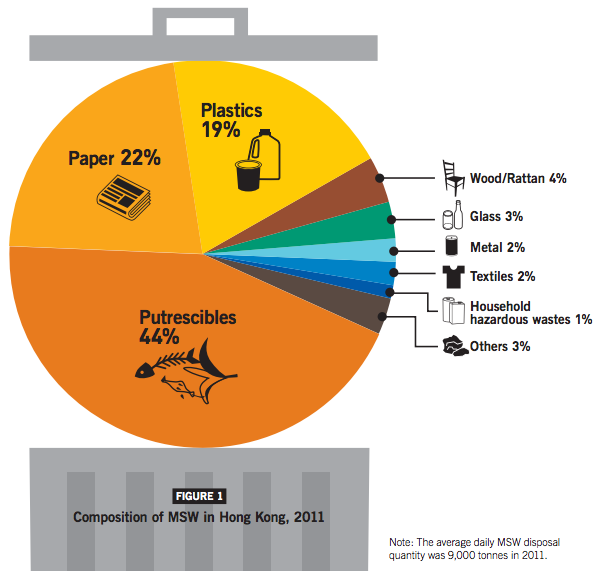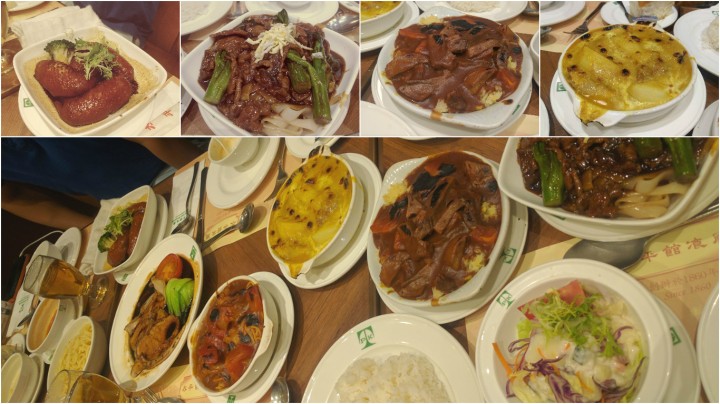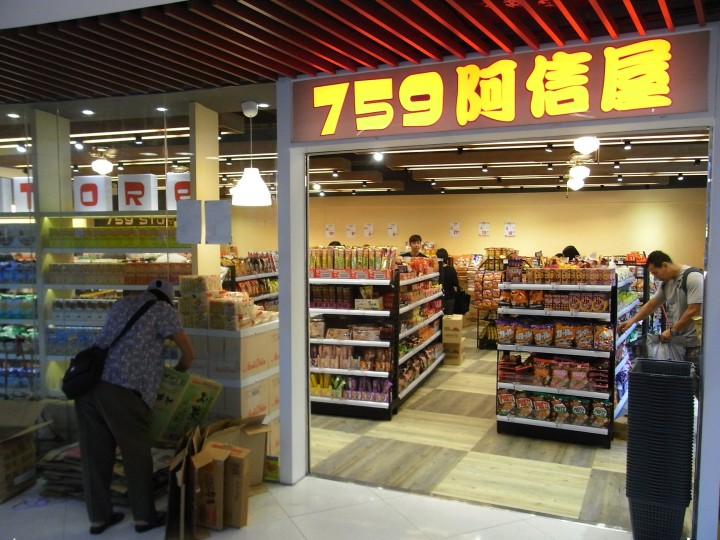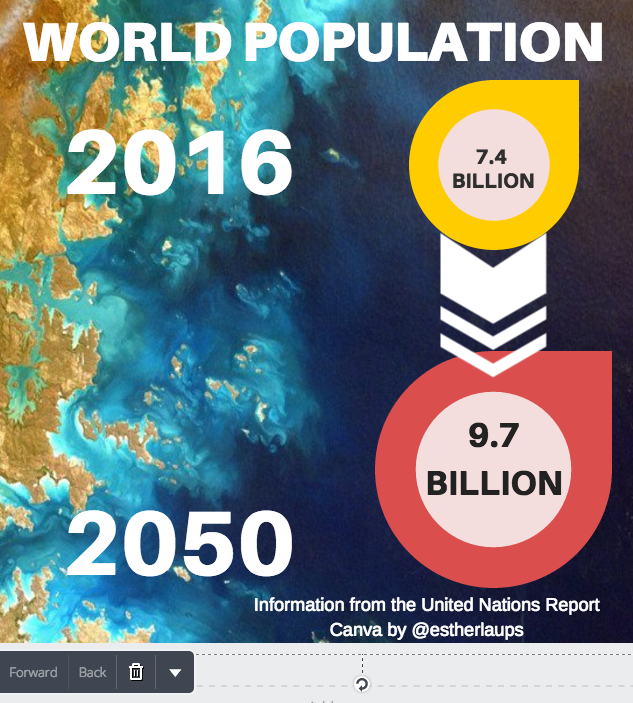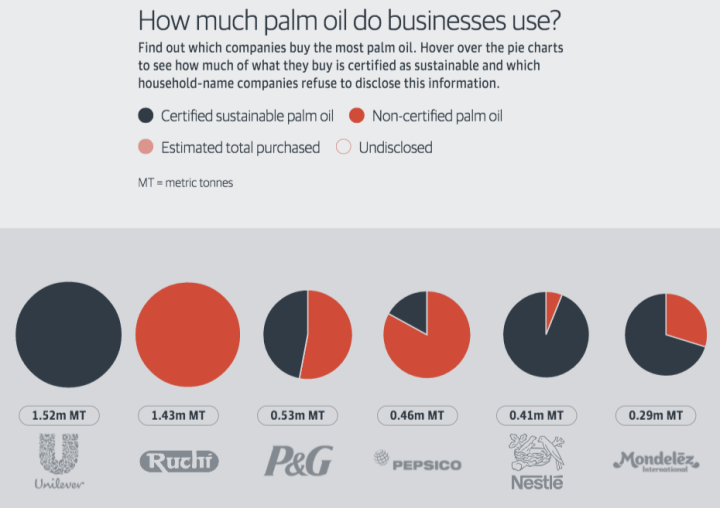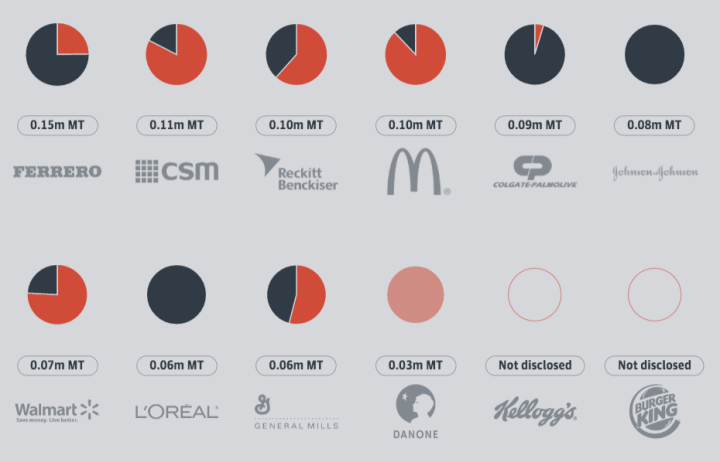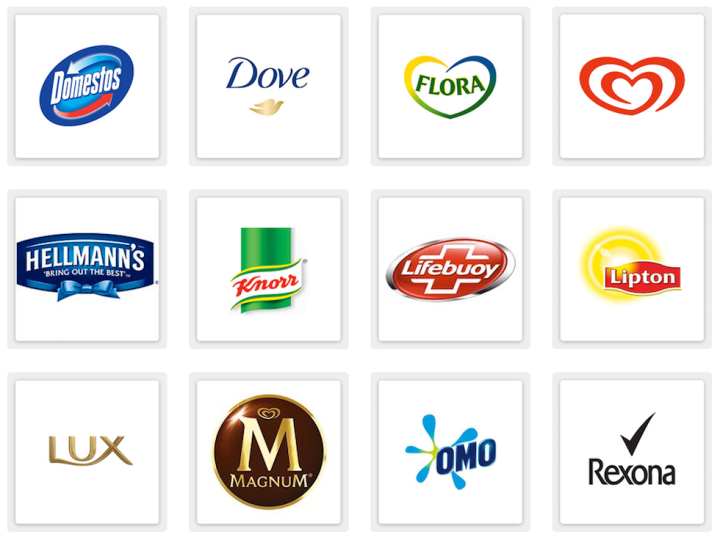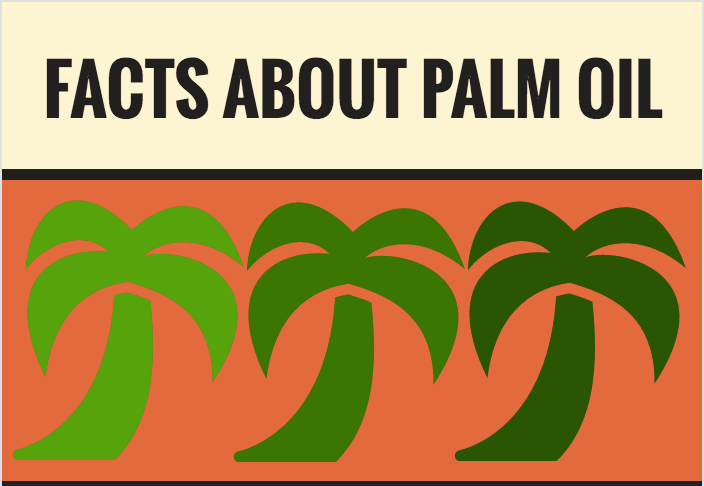What is carbon footprint?
The official definition is:
The total amount of greenhouse gases produced to directly and indirectly support human activities, usually expressed in equivalent tons of carbon dioxide (CO2).
So this includes:
- the air we breathe out
- the motor vehicles’ emissions
- the cutting of trees down
- the by-products of waste gas during the production of our goods or services
- the meat and dairy that humans eat
We all knew that the meat and dairy we eat, the production of it, is one of the largest contributors to the production of greenhouse gases and the world’s growing carbon footprint.
It’s not news that meat and dairy are among the largest contributors to the world’s growing carbon footprint, but lamb, beef, cheese, pork, and farmed salmon, in particular, generate the most greenhouse gases—sometimes four times more than other animal products and 13 times more than plant-based proteins.
Yet, even with the rapid world population growth, the demand for meat had increased at an even faster rate.
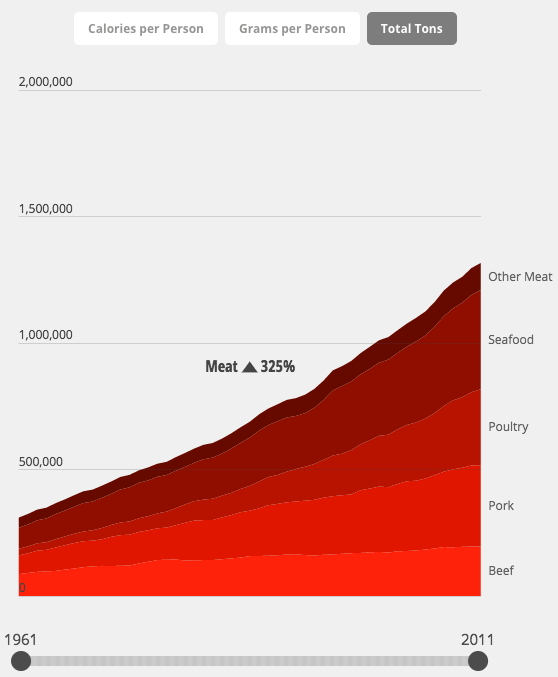
The total demand for meat in the world had increased by 325% from 1961 to 2011, even though the total amount of people had gone up from 3 billion in 1961 to 7 billion in 2011 (267%).
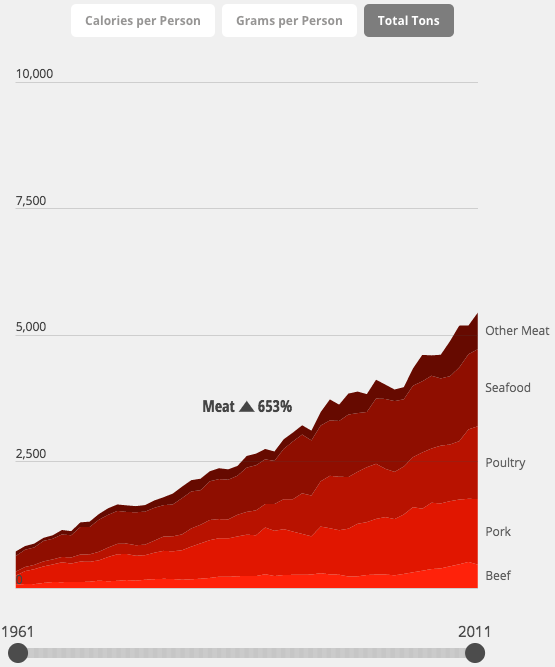
The total meat consumption demand had increased by 653% in China (Population: 0.65 billion in 1961 to 1.35 billion in 2011), again higher than the rate of increase in population size.
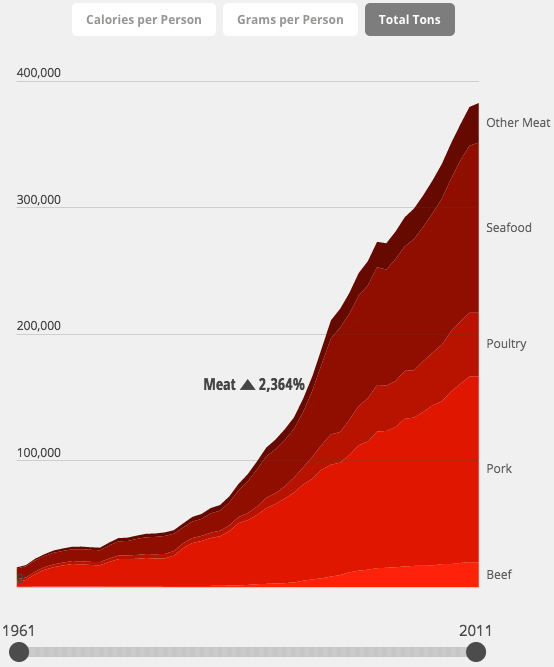
The percentage increase in the Hong Kong is by far the largest: 2364% increase in meat consumption from 3.2 million (1961) to 7.1 million (2011) people. The average meat consumption in Hong Kong is 695 grams / day, 32% of our total daily diet! It’s the highest in the world (the world average is only 9%!) This pattern of our diet had significantly increased Hong Kong’s carbon footprint.
Please see National Geographic for more details about What the World Eats, to see the world and each country’s changing patterns in Daily Diet patterns and Meat Consumption percentage.
From the Guardian article, study of British people’s diets – meat-rich diet of more than 100g per day, resulted in 7.2 kg of Carbon dioxide emissions. If in Hong Kong, where the meat consumption is almost 700g per day, this may result in almost seven times: back 50kg of Carbon dioxide emissions!
The production of 1 kg beef causes about 13.3 kg of CO2. The same quantity of CO2 is released when you burn about 6 liters of petrol!
ASSUMING if each day, every person in Hong Kong eats 695 g of beef, it will produce 9.3 kg of CO2! The same quantity of CO2 released when you burn 5 liters of petrol…
The production and consumption of beef produce more CO2 than driving cars.
As primary consumers, we all have a role. As humans, we have to think of our environmental consequences to our future generation. Though eating less of the delicious beef is easier said than done, sometimes, it’s important to think of the consequences of our actions.
Let’s start eating less beef, today!
References:
National Geographic – What the World Eats
http://www.nationalgeographic.com/what-the-world-eats/
The Guardian – Giving up Beef with reduce Carbon Footprint more than Cars
https://www.theguardian.com/environment/2014/jul/21/giving-up-beef-reduce-carbon-footprint-more-than-cars
Time for Change – Eat less meat: CO2 emission of our food
http://timeforchange.org/eat-less-meat-co2-emission-of-food



